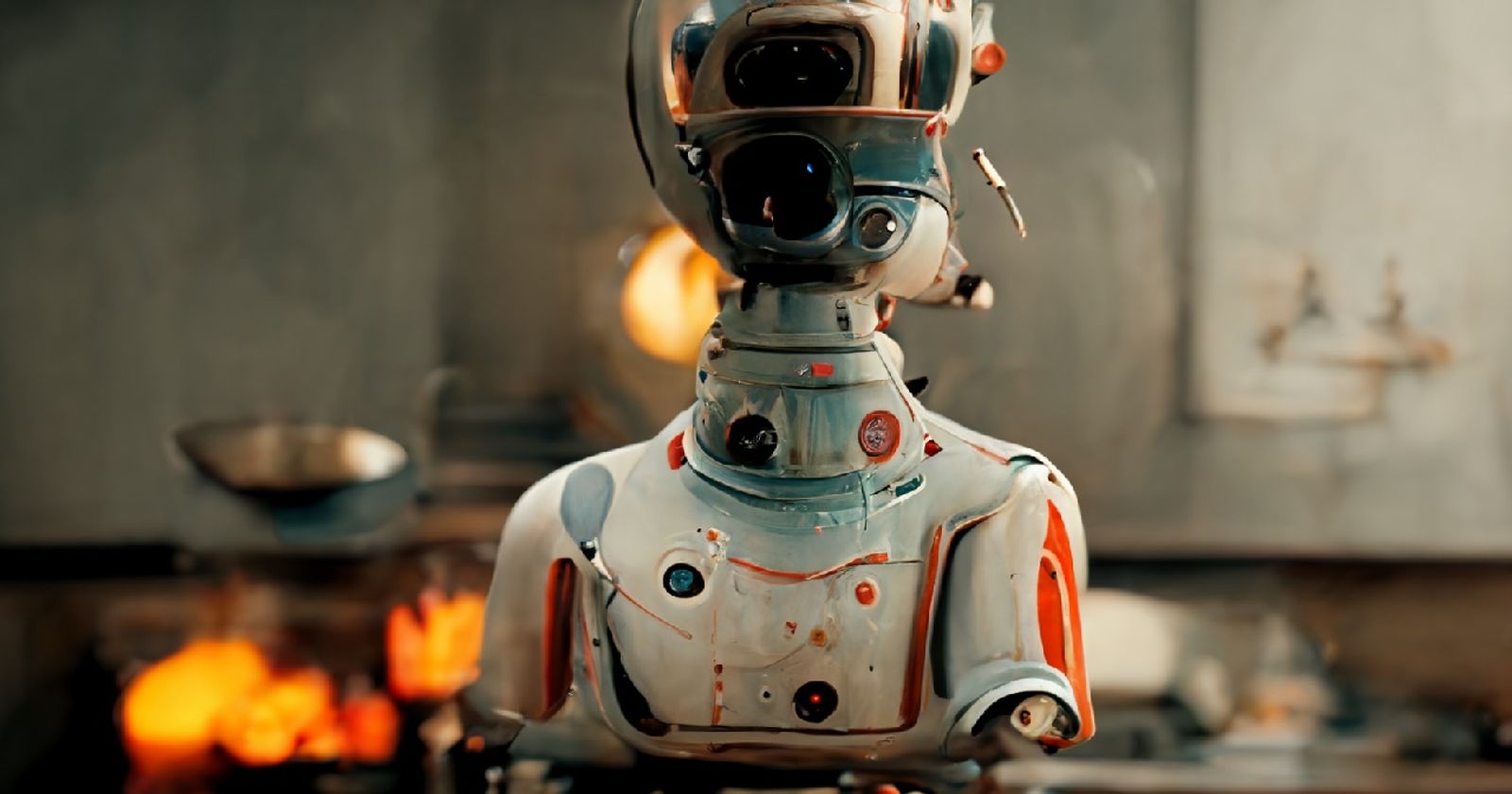A group of researchers operating under New York University has brought a revolutionary innovation to the world of home robotics. The system called Dobb-E, which can teach robots housework in 20 minutes, follows a method beyond the training methods used so far. Here are the details
Dobb-E uses real data in training!
Until now, data obtained from various sources on the internet was used in the process of teaching housework to robots. Discussing this process, which did not produce sufficiently efficient results, scientists developed the system called Dobb-E, which uses data obtained from real home environments during the training process.

The Dobb-E system, which trains robots in various ordering tasks such as airfryer usage, door opening and closing operations and pillow correction, allows more effective results to be obtained in different home environments because it uses real data. Because the use of general data is not efficient enough in processing details such as furniture arrangement, clutter level and floor plan, which differ in each house.
All data used by the system during the training process is obtained using various special techniques. For example, an iPhone can be mounted on a mop bar to record daily household chores. The system then analyzes the styles of doing these tasks through artificial intelligence and completes the training process by imitating people’s movements.
Dobb-E was initially tested in the homes of 10 families. In these tests, robots processed a total of 109 household tasks. 81 percent successfully completed. The ambitious performance recorded once again emphasizes the efficiency of the system.
Although the system has a very successful structure in theory, it was noticed that it had some difficulties in practice. For example, reflective surfaces such as mirrors directly affect the analysis results and reduce the efficiency of the training process. Work continues to solve such problems. So, what do you think about this issue?

